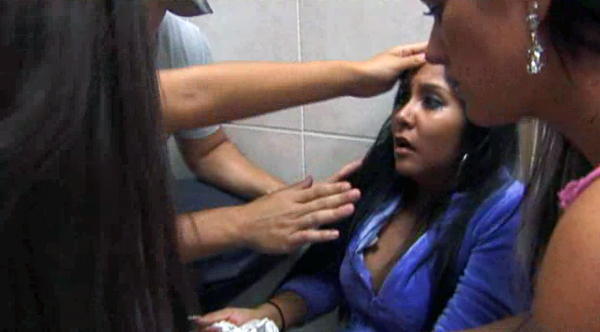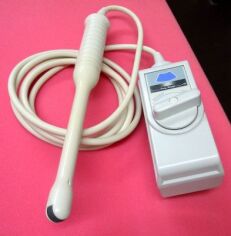Rosemarie Garland-Thomson’s book “From Wonder to Error—A Genealogy of Freak Discourse in Modernity” opens with the line “People who are visually different have always provoked the imaginations of their fellow human beings.” Who counts as being visually different? Is it only the body that is accounted for or do observable abnormal behaviors count towards one’s freakery? Garland-Thomson discusses monsters, dwarfs, albinos, bearded women, conjoined twins and many other abnormal forms that have been recorded as deviations from the normal body. Her focus was on freak shows, so I braced myself for the photograph that we were asked to look at in the book “Mütter Museum Historical Medical Photographs.”
At first there was nothing out of the ordinary—well, in the realm of freaks, anyway. You had your conjoined twins, amputated or otherwise missing limbs, enlarged breasts, extra limbs, a “tail” and some other ailments that did make me a little uneasy. At first I was confused by the lack of separation between the abnormal bodies created by nature and those which were created by accidents in our modern world [missing or malformed limbs versus gunshots leading to amputated (missing) or malformed (awkwardly healed) limbs]. This concern of mine was soundly put to rest when a classmate pointed out that, to the general public, they appear equally “freaky” as we do not get one’s life story by merely gazing at them (despite many failed attempts). As I approached the end of “Mütter Museum Historical Medical Photographs” a smaller section of the book intrigued me. The book had documented psychological disorders. Unlike the bearded lady or the conjoined twins, one could not look upon a picture of a mentally ill patient and know that they are any different even if they are observably different in person. Why would one then record the disorders in a medium that could not fully capture the disorder like photography can (at least to a certain extent) record the physical abnormalities of what the Barnum and Bailey Circus first called “freaks” and then “human curiosities”? (Garland-Thomson 13)
Despite the fact that they were not capitalized on as frequently through freak shows or the circus, those with psychological disorders were still considered to be other and a type of wonderment surrounded them. Schizophrenia and Epilepsy have a shared history in this fashion. Garland-Thomson discusses how freak discourse’s genealogy “can be characterized simply as a movement from a narrative of the marvelous to a narrative of the deviant.” While she discusses physical abnormalities, the path of mystical to medical is shared by mental disorders. In Europe in the middle ages, those with schizophrenia were thought to be possessed by demons and would go through exorcisms—sometimes even therapies which included drilling holes in one’s head in order to release the demons. Because of this link, the symptoms of schizophrenia were conflated with signs of practicing witchcraft or being the victim of another’s evildoing. Epilepsy on the other hand was frequently considered to be possession be a demon or a prophetic power. Many famous religious leaders are thought to have had epilepsy including Mohammad, Moses, and St. Paul. However, with the classification of mental disorders, science proved that these were in fact abnormalities that are observable and recordable through the study of brain function/neuroscience. The cultural difference became that schizophrenia and epilepsy became diseases to be cured through medicine and therapy and knowledge of the disease versus something to be amazed at and ask for the guidance of God.
Where are the freak shows then? How is this freakery being displayed? Why on television of course! With medical dramas like House depicting various types of medical illness for the public to be entertained by, we can still be the nameless and faceless majority looking on at a group of people who will never have a conversation with us and will never talk back. Popular real life documentary show such as Hoarders make one wonder if any of the freak spectacle has actually dissipated or if it has only changed mediums.
http://www.youtube.com/watch?v=aAnah0l0rqk
http://www.youtube.com/watch?v=t3GiAcD9BfI
Thomson, Rosmarie Garland. "Introduction: From Wonder to Error--A Genealogy of Freak Discourse in Modernity." Freakery: Cultural Spectacles of the Extraordinary Body. Ed. Rosemarie Garland Thomson. New York: NYU Press, 1996.













